I will be driving ~1600 linear resonant actuators (LRA) in parallel (each requiring 0.6V @ 19 mA AC). As the buck regulator, I will be using TPS546C23 synchronous buck converter from TI to convert 5V 4A DC supply from battery bank to 0.6V 20A DC. To control so many LRA using only 4 pins of an MK20DX256 ARM Cortex 4 MCU, I will be using several daisy-chained TLC5940 LED Driver to control gates of 2N7000 MOSFETs (each LRA will have its own MOSFET) via PWM signals. I tested the setup with a smaller number of ERM motors (which are similar to LRA but works with DC voltage) and it works just fine.
The problem is converting the 0.6V 20A DC to AC for the LRA. I did not find any suitable IC or circuit diagram to do DC/AC conversion of such low voltage and high current. I tried to look for individual chips that could possibly do DC/AC conversion of 0.6V 19mA DC to AC but failed to find anything. Most inverter circuits use 555 timers and I don't think those circuits can work with such low voltages. Also, LRAs are normally driven with haptic drivers but it severely limits how many LRAs I can connect to the MCU, unlike the setup I designed.
Any suggestion would be appreciated.
